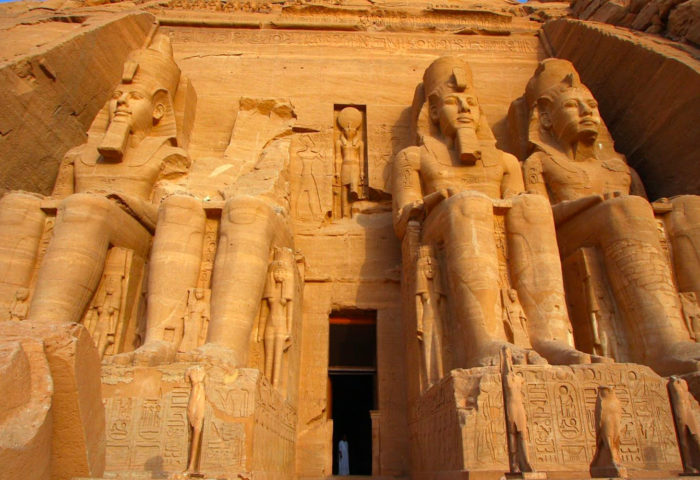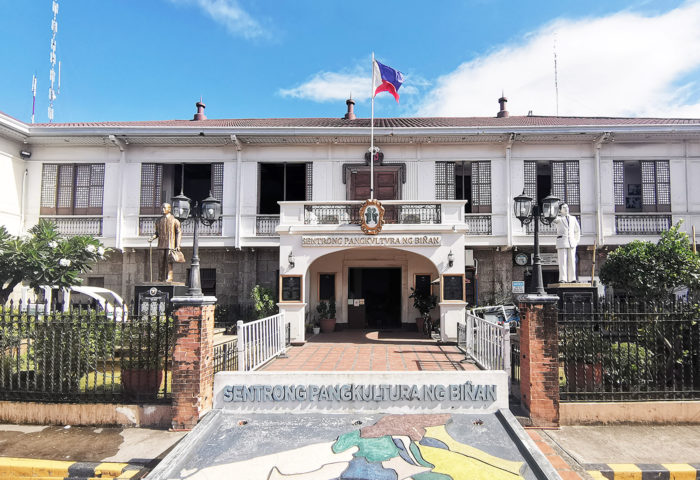Jose Rizal Shrine, Calamba
- Leave First Review
- 2021
Details
Museo ni Jose Rizal Calamba
A stone’s throw from Calamba’s town plaza and parish church stands the replica of the house where Jose Rizal was born on 19 June 1861. The seventh child and second son of Francisco Mercado and Teodora Alonso, Rizal would become a renowned political novelist and thinker; skilled eye doctor; gifted artist and architect; linguist and teacher; and a hero who lived and died for his beloved country.
A two-storey stone and hardwood structure with Narra floors, and red tile roof, the Rizal home has a spacious parlor with wide capiz shell windows, a library, dining room, three bedrooms, a kitchen and pantry leading out to a balcony. Located on the ground floor were the servants’ quarters, workroom, and a storeroom for food supplies. The backyard was planted with various fruit trees, which Rizal frequently mentioned in his writings: atis, santol, tampoy, makopa, plum, balimbing, and kasuy. A small nipa hut served as the young Jose’s hideaway.
Rizal fondly recalled his childhood home in Calamba, longing for it ‘like a weary swallow’ while he was traveling in Europe. Unfortunately, because of a land dispute with the Dominican friars, the Rizal family was evicted from their home in 1890 and the house soon after fell into disrepair and was demolished. The present structure was reconstructed in 1950 by National Artist Juan F. Nakpil from funds donated by schoolchildren.
The Museo ni Jose Rizal Calamba has six galleries featuring Rizal’s early education, his travels abroad, and nationalist undertakings in Europe:
Gallery 1: Kaliwanagan focuses on Rizal’s family and childhood in Calamba;
Gallery 2: Kapaligiran features the agricultural town of Calamba and its environs;
Gallery 3: Karunungan focuses on Rizal’s formal schooling at the Ateneo Municipal de Manila and Universidad
de Santo Tomas
Gallery 4: Bahay-na-Bato provides a glimpse into the Rizal home, its furniture and furnishings;
Gallery 5: Unang Paglalakbay sa Europa centers on Rizal’s initial journey to Europe (1882-1887), his studies in
Madrid, Spain; Paris, France; and Heidelberg, Germany, and the writing of his seminal novel,
Noli me tangere;
Gallery 6: Pangalawang Paglalakbay sa Europa discusses Rizal’s second sojourn to Europe (1888- 1892)
focusing on his propaganda activities, his second novel El Filibusterismo and other political writings
until his return to Manila in June 1892.
The Museum contains a sizeable collection of Rizal’s memorabilia, a hologram of Rizal reading a letter addressed to his Austrian friend Dr. Ferdinand Blumentritt, and various interactive booths and terminals that offer information about Rizal and his time. Other facilities include an e-learning room for online history lessons.
To arrange a visit to the Museo ni Jose Rizal, Calamba, Laguna, please call:
Francisco Mercado St., cor. Jose P. Rizal St., Brgy. 5, Poblacion, Calamba, Laguna
Museum Curator: Ms. Zarah A. Escueta
Contact Numbers: 09175537198 / (049) 834- 1599
Email: museonijoserizalcalamba@nhcp.gov.ph; museonijoserizalcalamba@gmail.com
Search for @museonijoserizalcalamba on Facebook or in Messenger.
Open from Tuesday to Friday from 8:00 a.m. to 4:00 p.m.



Reviews for Jose Rizal Shrine, Calamba